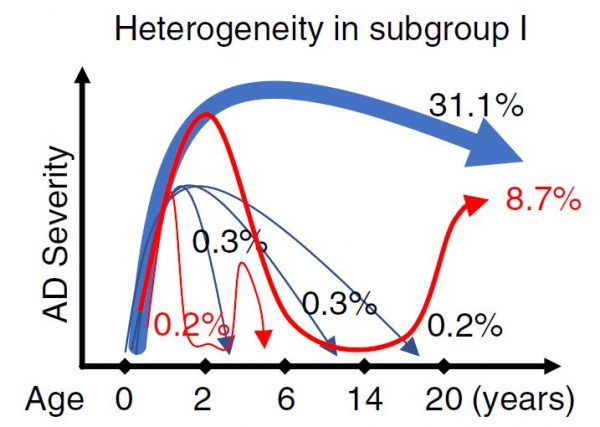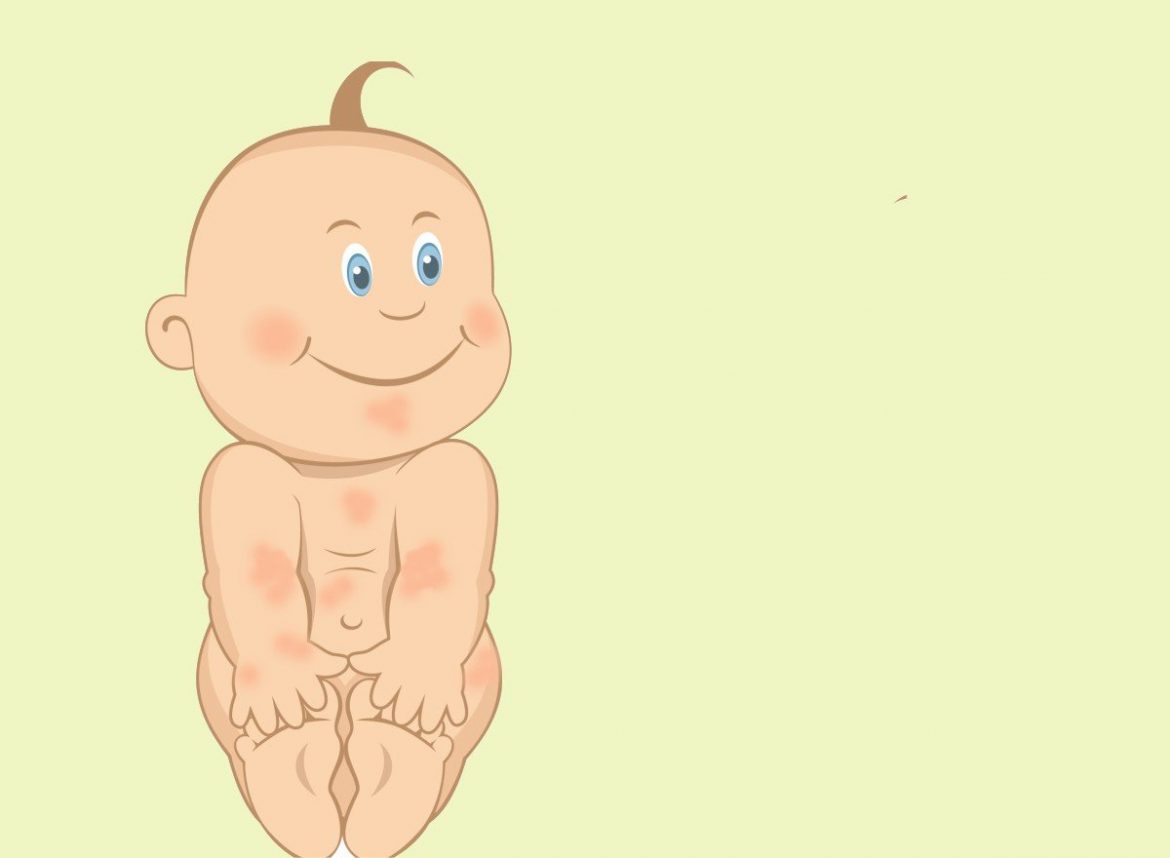Possibly if you have landed here it is because you have been diagnosed with atopic dermatitis. Maybe your little one has been given this diagnosis and you’ve wondered “is atopic dermatitis going to heal?”
Atopic dermatitis is a condition that we consider chronic. This means that it lasts for a long time; it is usually treated, gets better and then reappears a few days, weeks or months later.
If this is your case or that of your little one you may be at the point of asking yourself, “Will this be like this forever?”
It is very normal to ask this question and that is why in this article I will try to tell you what we know so far about how atopic dermatitis evolves throughout life.
Atopic dermatitis: a childhood disease?
Traditionally it has been considered a disease of children, especially babies. At that age eczema appears and by puberty it will disappear: this is what was said globally.
The reality is that atopic dermatitis is not only a children’s disease, nor can all children be cured by atopic dermatitis.
Let us look at the figures: it is estimated that in industrialized countries up to 20% of children suffer from atopic dermatitis, i.e. 1 in 5.
In recent years, some research has been carried out to characterize what will happen to those children who start with dermatitis in infancy. In a work done in 2013 in Germany it was seen that most of the time (in 40.9% of the cases) the disease starts before the age of 2 years and 16.6% will start before the age of 6 years.
Of these children (as you see in the image below) 3 out of 4 will continue with symptoms of atopic dermatitis throughout their lives, probably into adulthood. There will be a small percentage that will be cured and one fifth of them will improve at puberty, presenting outbreaks again in adulthood (Note, the percentages you see in the image represent the subgroups within the 40.9% I mentioned above that start before the age of 2 years).

. 2020 Jun;8(6):1840-1852.
Throughout childhood, however, the form of the dermatitis evolves, so that in younger babies it usually affects the cheeks in the extension areas and with time it becomes more localized in the flexion areas. In this link about dermatitis according to age you can read more about these changes.
Atopic dermatitis: also in adults
The prevalence of atopic dermatitis among adults varies according to sources between 2 and 10%. Its presence is a reality and this can occur in several contexts.
On the one hand, it may be an adult who has had atopic dermatitis since childhood, being one of those children mentioned in the previous section. Normally these people, in addition to dermatitis, have a higher frequency of other allergies, rhinitis or asthma, as a result of the “atopic march” about which I have already spoken to you in other articles of this blog.
In 13 % of the cases, dermatitis starts in adolescence. In these people, there is an almost total probability that it will continue into adulthood.
The same is true for people in whom it starts after the age of 18, which is increasingly common and is the case for almost 25% of adults with atopic dermatitis. These people have a low prevalence of other allergies, unlike those with childhood onset.
Atopic dermatitis is much less common but can also debut with atopic dermatitis, even after the age of 60.
In summary…
Atopic dermatitis is a disease more frequent in children, but not exclusive. Recent studies show a great variability. Many of the babies who suffer from it, continue to present it as adults and in many other cases, the dermatitis starts after the age of 18.
